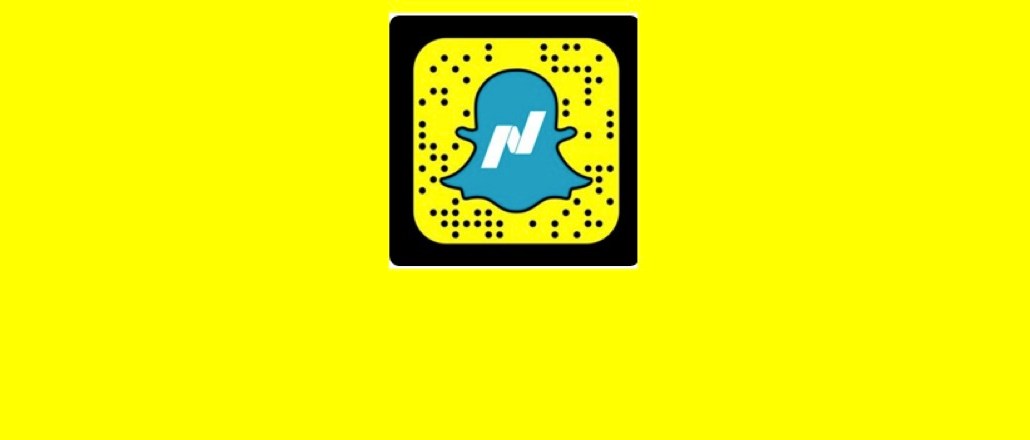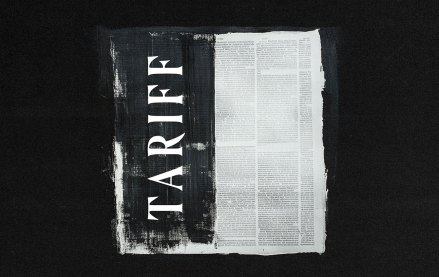Register by Jan 13 to save on passes and connect with marketers from Uber, Bose and more

Even Wall Street wants in on Snapchat.
Just under two months ago, Nasdaq launched its Snapchat presence during the launch of the Nasdaq Entrepreneurial Center, a non-profit targeting young would-be Evan Spiegels. The idea: the young people on Snapchat might one day list their companies on Nasdaq.
Nasdaq using Snapchat as a way to show behind-the-scenes actions of bell ceremonies and office life. And soon, it is going to start testing putting stock market information and news on the platform before it goes anywhere else. This information, which Nasdaq calls market snapshots, are graphs showing performing of certain stocks, equities or commodities that is particular noteworthy or interesting that particular day.
The idea was borne out of the company’s fledgling but growing Instagram account (it grew from 5,000 followers to 15,000 in under a year) where market snapshots perform twice as well as other posts.
“It’s a way to get out information with low production costs and it’s a new outlet to communicate,” said Nasdaq’s director of integrated marketing, Josh Machiz.
Earlier this year, Goldman Sachs started using Snapchat to recruit employees to the bank. A study from Putnam Investments found that 80 percent of the financial advisors surveyed were using social media for businesses. And Snapchat is perfect for trading local market information quickly — and somewhat privately.
Other than trading information, the majority of Nasdaq’s Snapchat content is more general interest. It uses it to connect with its companies: When T-Mobile started trading on Nasdaq in October, Machiz let T-Mobile CEO John Legere and other executives take over the Snapchat account for Nasdaq and even created a custom branded Snapchat icon for Nasdaq featuring T-Mobile’s signature magenta.
#GIF of @johnlegere ringing the @Nasdaq Opening Bell in celebration of @TMobile's listing on @Nasdaq today! $TMUS
More in Marketing

What does media spend look like for 2026? It could be worse — and it might be
Forecasts for 2026 media spend range from 6.6% on the lower end to over 10% but the primary beneficiaries will be commerce, social and search.

Pitch deck: How Amazon is emerging as the proof layer for TV spend
Amazon is positioning itself to advertisers as the “first-stop shop” for planning, buying, optimizing and measuring TV.

Here are the 2025 brand winners and losers of tariffs
Tariffs completely upended the retail industry in 2025 — and no company was left unscathed.





